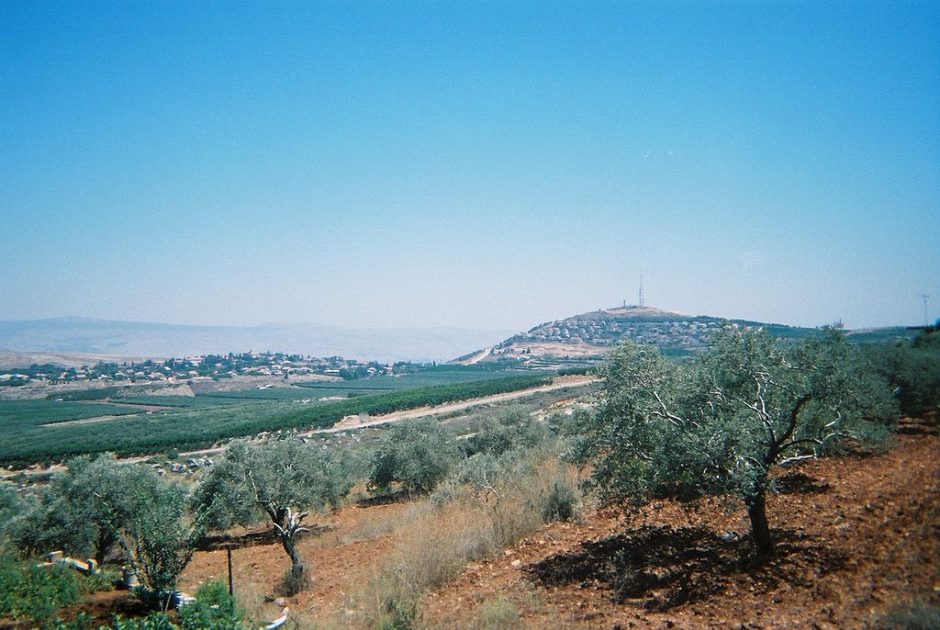On March 11, 1978, the worst single act of terrorism on Israeli soil since independence, resulted in the deaths of 38 Israelis, including 13 children. Another 71 were wounded.
The specific incident, though hardly remembered today, had, as it turned out, long-lasting consequences.
A game changer with respect to Israel’s future involvement in Lebanon, it led to a succession of events that, in hindsight, have proved detrimental to the Jewish state.
The coastal road massacre, as it came to be known, led to the first massive Israeli incursion, Operation Litani, into Lebanon and the formation of the South Lebanon Army (SLA), a proxy militia composed of mainly Christian Lebanese.
Another Israeli invasion in 1982 would lead to the formation of the Shia militia Hezbollah, and Israel’s ill-fated 1985 decision to create a security zone in southern Lebanon. It lasted until its humiliating withdrawal in May 2000.
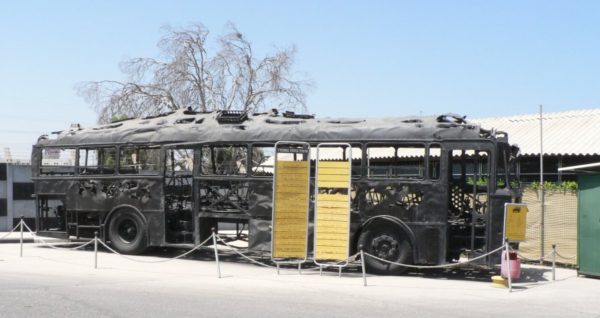
It all began on a late winter day in 1978 when Palestinian terrorists, slipping ashore from the Mediterranean Sea, hijacked two buses along Israel’s main coastal highway from Haifa to Tel Aviv, shooting along the way at everyone in sight, before it ended in a firefight with Israeli police.
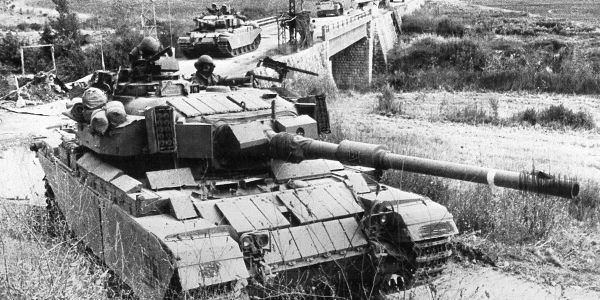
The resultant furore led to Operation Litani. On March 15, Israel launched an attack against Palestine Liberation Organization (PLO) bases in southern Lebanon. It resulted in the deaths of 20 Israelis and approximately 1,100 other people, most of them Palestinian and Lebanese civilians.
Israel now became militarily embroiled in Lebanon. Though Israeli forces withdrew, they turned over their positions inside Lebanon to their ally, the SLA, under the leadership of Major Saad Haddad, rather than to the newly formed United Nations Interim Force in Lebanon (UNIFIL).
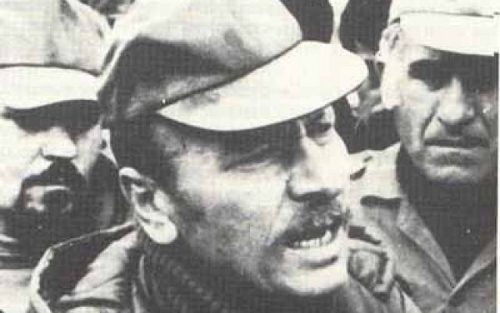
Israel launched another, far greater, invasion of Lebanon on June 6, 1982, after repeated attacks and counter-attacks between its forces and the PLO. Though the PLO was expelled from Lebanon, Israel continued to operate a security zone in the south until 2000. The depth of this zone varied between three and twelve miles, depending on the terrain.
The number of Israeli soldiers deployed there ranged between 1,000 and 1,500. The SLA was 2,500 strong. But 15 years of armed conflict with Shia militias, especially Hezbollah, supported by Iran, weakened Israeli resolve and sapped the public’s support for the occupation.
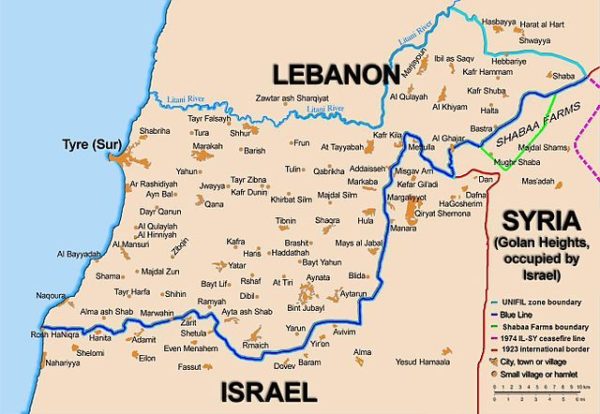
By the time the last Israeli soldiers left southern Lebanon on May 24, 2000, Israel had lost 1,216 soldiers in combat since 1982. Of these, 559 were killed while Israel occupied the security zone. The SLA was crushed and Hezbollah quickly gained control of southern Lebanon.
The second Lebanon war, lasting 34 days, broke out in July 2006, after Hezbollah killed three Israeli soldiers inside Israeli territory and abducted two others.
Israel suffered 121 military deaths, but 44 civilians in Israel were killed by Hezbollah rocket attacks. Another 1,500 people were wounded in rocket attacks in northern Israel, and 450 soldiers were wounded in the fighting in Lebanon.
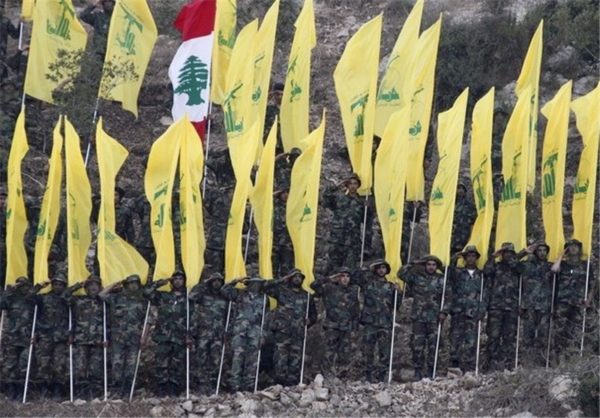
Some 300,000 Israelis fled their homes to escape rocket attacks and more than 700,000 took refuge in bomb shelters or concrete-reinforced “safe rooms.” Israeli economists estimated direct war damage at $3.5 billion.
Since then, Hezbollah has gone from strength to strength. It now has more than 100,000 missiles and rockets aimed at Israel. The group is now a well-trained military force, aided by an increasingly-dangerous Iran, which exerts enormous influence in Iraq and Syria, embroiled in a civil war.
Hezbollah operates weapons production facilities in Lebanon, manufacturing guided missiles and drones that can carry explosive charges. As well, Hezbollah’s Iranian backers plan to create arsenals for precision missile batteries that could pose a strategic threat to Israel.
Hezbollah has played an important role in preserving the Assad regime in Syria. The group now has thousands of battle-hardened veterans.
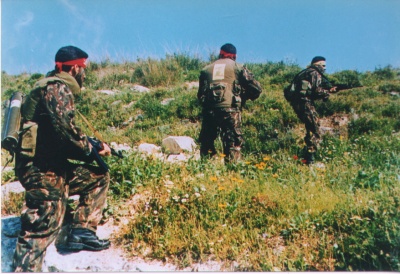
Although Hezbollah’s intervention in Syria did exact a heavy price in casualties, its position in Lebanon has not weakened, and the general elections in Lebanon in May 2018 will likely strengthen its political status.
Hezbollah Secretary General Hassan Nasrallah has not been shy in boasting that his Shia movement now calls the shots — literally — in the fractured Lebanese state, having pushed its once-prominent Christian, Druze, and Sunni political rivals to the sidelines.
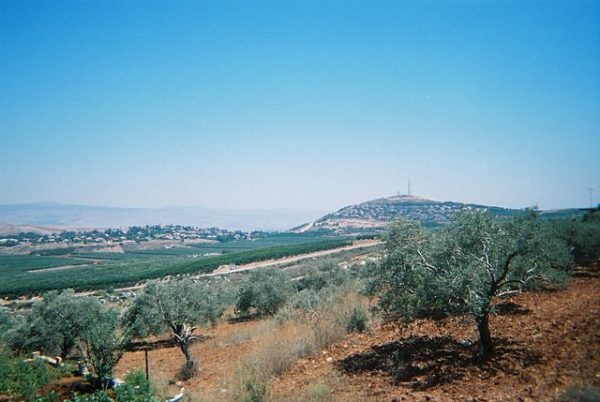
Israel started building a new security wall along its border with Lebanon last month. It won’t stop a new conflict with Hezbollah, a battle which may spark a larger Middle East war involving Iran and Syria as well.
Such a war would cause incalculable destruction in Lebanon, as well as massive damage to Israel. It will make the 2006 war seem like a garden party.
Henry Srebrnik is a professor of political science at the University of Prince Edward Island.

